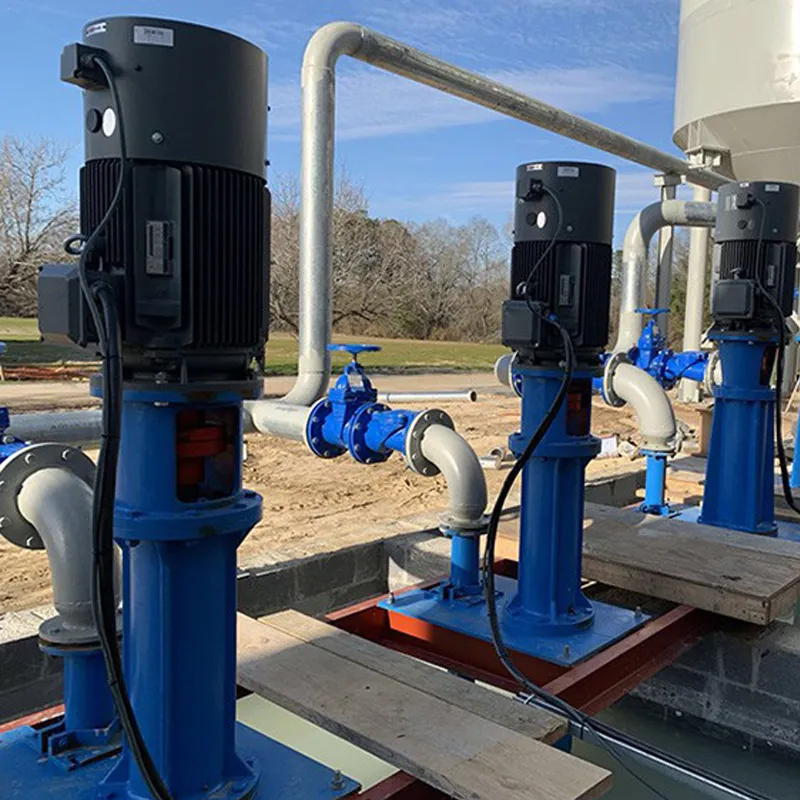Dutch
- Afrikaans
- Albanian
- Amharic
- Arabic
- Armenian
- Azerbaijani
- Basque
- Belarusian
- Bengali
- Bosnian
- Bulgarian
- Catalan
- Cebuano
- Corsican
- Croatian
- Czech
- Danish
- Dutch
- English
- Esperanto
- Estonian
- Finnish
- French
- Frisian
- Galician
- Georgian
- German
- Greek
- Gujarati
- Haitian Creole
- hausa
- hawaiian
- Hebrew
- Hindi
- Miao
- Hungarian
- Icelandic
- igbo
- Indonesian
- irish
- Italian
- Japanese
- Javanese
- Kannada
- kazakh
- Khmer
- Rwandese
- Korean
- Kurdish
- Kyrgyz
- Lao
- Latin
- Latvian
- Lithuanian
- Luxembourgish
- Macedonian
- Malgashi
- Malay
- Malayalam
- Maltese
- Maori
- Marathi
- Mongolian
- Myanmar
- Nepali
- Norwegian
- Norwegian
- Occitan
- Pashto
- Persian
- Polish
- Portuguese
- Punjabi
- Romanian
- Russian
- Samoan
- Scottish Gaelic
- Serbian
- Sesotho
- Shona
- Sindhi
- Sinhala
- Slovak
- Slovenian
- Somali
- Spanish
- Sundanese
- Swahili
- Swedish
- Tagalog
- Tajik
- Tamil
- Tatar
- Telugu
- Thai
- Turkish
- Turkmen
- Ukrainian
- Urdu
- Uighur
- Uzbek
- Vietnamese
- Welsh
- Bantu
- Yiddish
- Yoruba
- Zulu
Telephone: +86 13120555503
Email: frank@cypump.com
sep . 22, 2024 14:33 Back to list
slurry pump bearing assembly
Understanding Slurry Pump Bearing Assembly
Slurry pumps are essential components in various industries, including mining, mineral processing, and wastewater treatment. They are designed to transport abrasive and viscous materials—commonly referred to as slurries— which consist of solid particles suspended in liquid. At the heart of a slurry pump lies its bearing assembly, which plays a critical role in maintaining operational efficiency and reliability.
What is a Slurry Pump Bearing Assembly?
The bearing assembly in a slurry pump supports the pump shaft, ensuring it rotates smoothly and with minimal friction. It is crucial for various reasons it helps maintain shaft alignment, absorbs radial and axial forces, and extends the overall lifespan of the pump. The reliability of a bearing assembly directly influences the pump's operational efficiency and maintenance needs.
Components of a Bearing Assembly
A typical slurry pump bearing assembly includes several key components
1. Bearings These can be roller or ball bearings, designed to minimize friction as the shaft rotates. They must be robust enough to withstand high loads and abrasive materials present in slurries.
2. Shaft The shaft connects to the motor and drives the impeller. It is usually made of high-strength stainless steel or other resistant materials to handle wear and corrosion.
3. Housing The bearing housing encases the bearings and provides protection from external contaminants, such as dirt and water. It often features seals or gaskets to prevent slurry from leaking into the bearings.
slurry pump bearing assembly

4. Lubrication System Proper lubrication is essential for reducing friction and prolonging bearing life. This can be achieved through grease or oil, which needs to be monitored and replaced regularly based on operating conditions.
Importance of Bearing Assembly Maintenance
Maintaining the bearing assembly is crucial to prevent unforeseen breakdowns and costly repairs. Regular inspection and maintenance can identify wear and damage early, allowing for timely replacements. Key maintenance practices include
- Regular Lubrication Ensuring that bearings are regularly lubricated according to the manufacturer's specifications helps minimize wear.
- Alignment Checks Misalignment can lead to excessive wear on bearings and other pump components. Regular alignment checks can help ensure optimal operation.
- Monitoring Vibration Implementing vibration analysis can provide insights into the condition of the bearings, with unusual vibration patterns often indicating potential issues.
Conclusion
The slurry pump bearing assembly is an integral part of a pump's overall performance and reliability. Understanding its components and the importance of maintenance can lead to extended pump life, reduced downtime, and enhanced operational efficiency. As industries rely heavily on slurry pumping systems for critical processes, prioritizing the health of the bearing assembly pays dividends in productivity and cost savings. Ensuring that this essential component is well-maintained and functioning optimally is key to success in slurry pump operations.
-
High-Performance Air Pumps for Sand & Gravel | Efficient Transport
NewsAug.03,2025
-
ISG Series Vertical Pipeline Pump - Chi Yuan Pumps Co., LTD.|Energy Efficiency, Corrosion Resistance
NewsAug.03,2025
-
ISG Series Pipeline Pump - Chi Yuan Pumps | Energy Efficiency&Compact Design
NewsAug.03,2025
-
ISG Series Vertical Pipeline Pump - Chi Yuan Pumps Co., LTD.|High Efficiency, Low Noise, Durable
NewsAug.02,2025
-
ISG Series Vertical Pipeline Pump - Chi Yuan Pumps | High Efficiency, Low Noise
NewsAug.02,2025
-
ISG Series Vertical Pipeline Pump- Chi Yuan Pumps Co., LTD.|High Efficiency&Compact Design
NewsAug.02,2025










